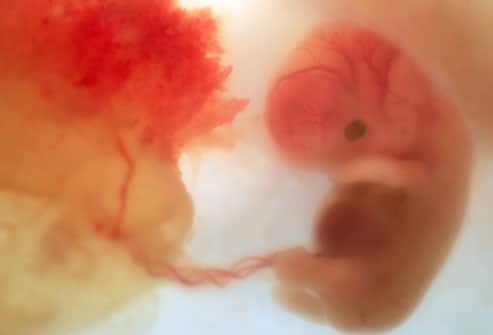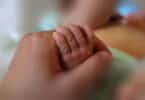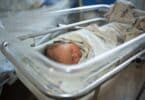The connection between mother and child is stronger than what we already know. Scientists have found out that when the fetus develops inside the womb of the mother, its cells travel through the placenta and mix and mingle with the mother’s cells. These cells can also remain for years inside mothers.
Researchers from Tufts University have found cells from the placenta and the fetus in a mother mouse’s lungs. The authors were also able to identify some of these cells as immune cells and others as underdeveloped connective tissues.
We and other people have shown they stay around for decades. They aren’t the original cells so there must be some way they can give rise to daughter cells in the mother’s body,” said study researcher Diana Bianchi. “We strongly believe that there are implications for the future health of women who are or have previously been pregnant.”
The researchers have yet to find out how the baby’s cells can get to the mother’s body via the placenta but they believe that the process happens because of a few leaky spots on the cells that form a barrier between the mother’s blood and the baby’s blood. As the pregnancy progresses these spots enlarge allowing the transfer.
To understand the process better, the researchers mated a male mouse that had two copies of the green fluorescent protein with a female mouse. The babies all had the fluorescent protein and therefore when these fetal cells went to the mother’s organs, the researchers were able to identify them.
Next, the researchers tried to find what exactly was the nature of these cells that had migrated into the mother’s organs and found that the genetic makeup of these cells was similar to immune cells and of mesenchymal cells that make up the connective tissues.
The researchers believe that the immune cells may be playing an important role in ensuring that the mother’s immune system does not reject the baby as a foreign body. But they are not sure about the role of the connective tissues.
They suggest that these cells could be helping in healing the mother’s tissues as they were found near the lungs and also found near tumors in some cases. The researchers also saw them near maternal heart tissues when they were injured.
“They are younger cells and they do appear to have different capabilities,” Bianchi said. “That’s an area for future research: to determine if an undifferentiated cell from the fetus has different regenerative capability than the mother’s own stem cells.”
The study was published in the Biology of Reproduction.







